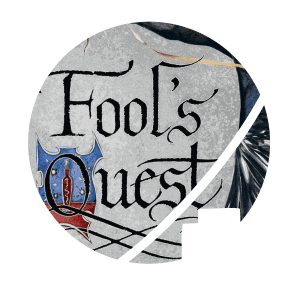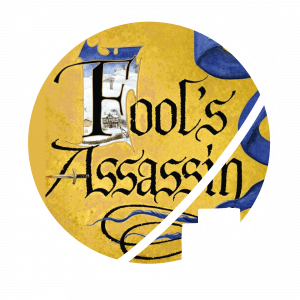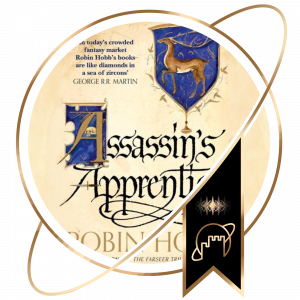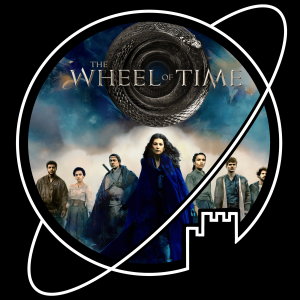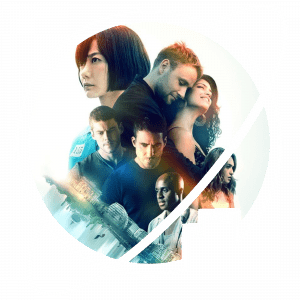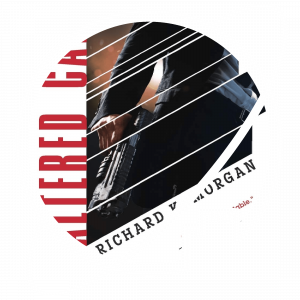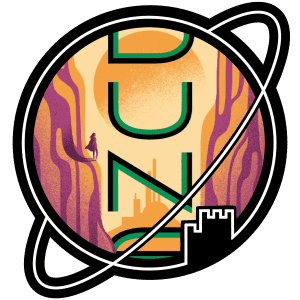- Novel written by Robin Hobb
- Published 4 May 2017
- Part three of the Fitz and the Fool trilogy
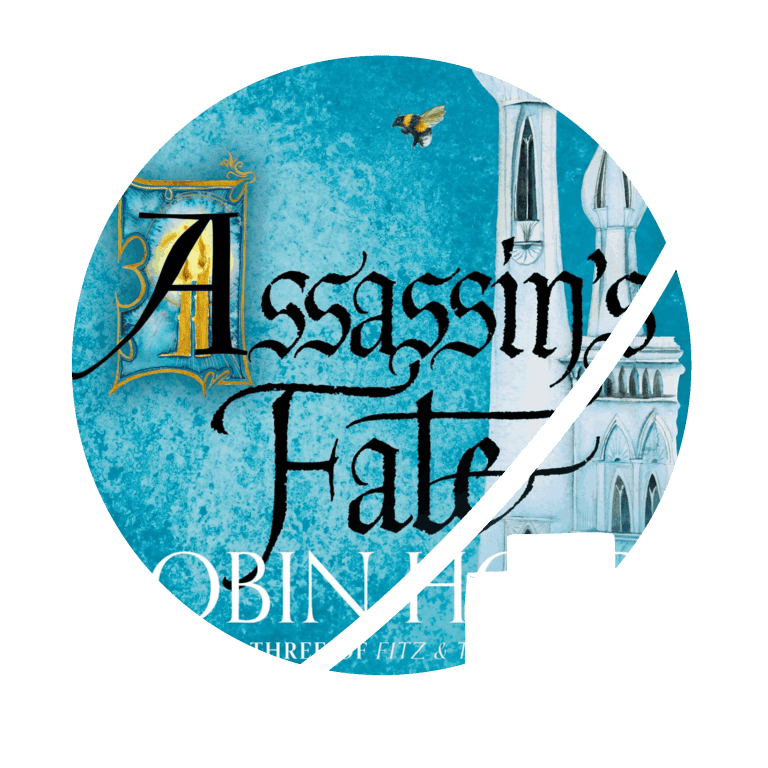

After more than five years, I finally got around to reading the final novel of the Farseer series. I suppose that’s not a very long time considering the series took Robin Hobb over 20 years to complete.
Assassin’s Fate took me a long time to get through. Bee’s experience being the captive of Dwalia was such a drag that I felt little motivation to keep listening to my audiobook at times. Hobb keeps teasing you with the idea of Bee escaping, but she just gets recaptured again and again. The wikipedia plot summary actually skips the whole first half of the book because so little happens. There’s so little of interest to mention about it that they just start their summary when Bee and her captors reach Clerres.
Bee as a character was interesting, and she felt very real. I won’t say I Iiked her, though. Even by the end, I hadn’t really grown attached to her like I’d grown to like some of the other characters. She’s a little whiny, which makes sense because a) her life sucks and b) she is Fitz’s daughter, so it’s probably a genetic thing. Still, it means that her point of view is always very negative. When we switch to Fitz’s pov, it’s also very negative. Overall, the whole story is just a huge downer.
I would have liked to spend more time with the characters that were introduced in this series, like Lant and Spark. Lant especially had very interesting character growth, but much too little “screentime”. Instead, Hobb parades around all of the characters from the rest of her Realm of the Elderlings books. None of the characters were as fun as they were in their own books, and they add very little to this series. I was actually annoyed to find some of my favourite characters from the Liveship Traders series (Malta, Althea and Brashen, specifically) being used as window dressing here. I think the book would have been much improved if we could have spent that time exploring the new characters that were introduced in Fool’s Assassin.
Another thing that upset me in this series, is that the relationship between Fitz and the Fool isn’t anything like what it used to be. It makes sense that they would be estranged at the start of their reunion but even by the end, they don’t seem very close at all. Narratively, their bond is restored at the end. However, we are told this more than we see it actually happen.
I almost forgot to mention Motley, mostly because I forgot she existed. I think this character is the poster girl for what was wrong with this book series. She is introduced in book one, and gets a fair amount of time spent on her. At the start, you assume she will eventually play a significant part in the story. However, she never really does. She’s essentially just a filler character. And let me tell you: this book does not need extra filler. Why was this character here?
Hobb is a very famous author, and I think her editors may have been a little bit too hesitant to edit this series in the way that it needed. This book did not need to be 850 pages long.
I checked out some of the Goodreads reviews for Assassin’s Fate, and was a little suprised to see its high rating. Many people mentioned crying through the last pages, I certainly didn’t. I found the ending to be rather disappointing for the roughly 3000 pages that lead up to it. I was hoping for the conclusion to make the journey (which was long and arduous – for me more than it was for the characters, to be honest) worth it, but I can’t say that it did.
All that being said, I am glad to see this series come to an official end. I won’t need to name names, but there are several fanasty series that have been left incomplete, possibly because the authors were too intimidated by the idea of having to write a perfect ending to an incredibly well received series. Assassin’s Fate is by no means a perfect ending to the story of Fitz and the Fool but it is an ending, and for that I am grateful.






